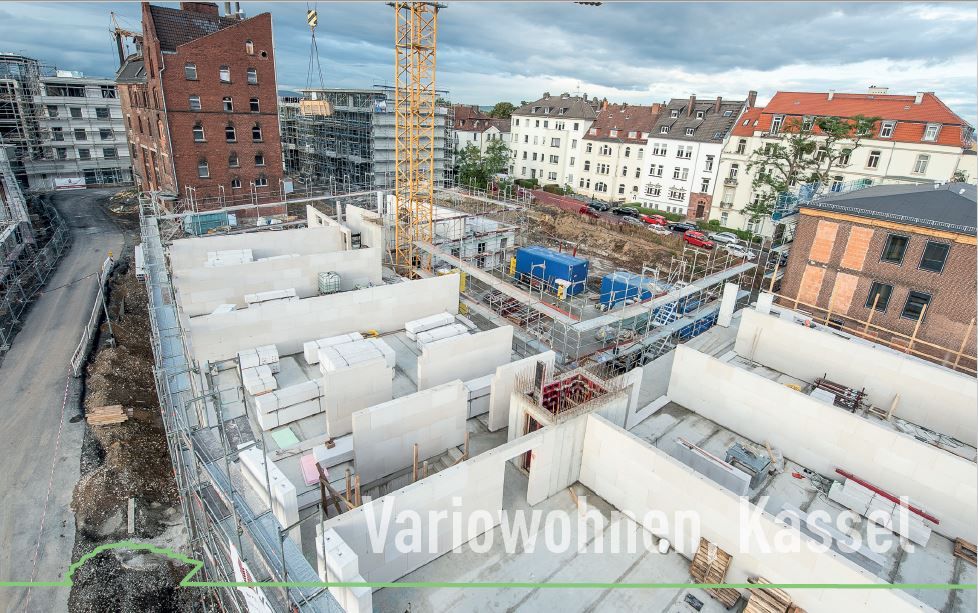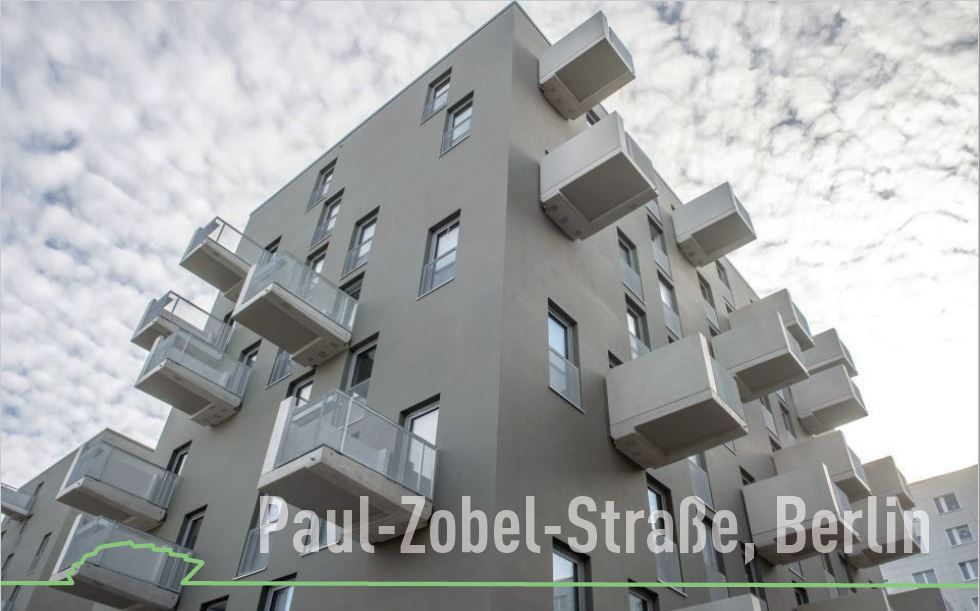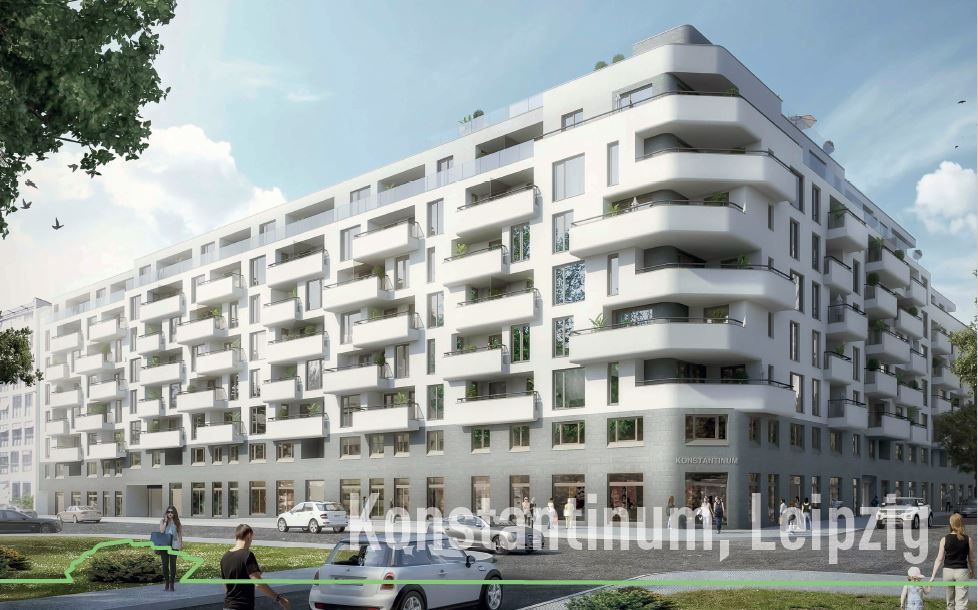The room for maneuver of urban planning is getting narrower and requires fast, durable and sustainable solutions: Housing must be built cost-effectively in short construction times while meeting all safety and energy efficiency standards. To meet these demands, intelligent architectural concepts are needed to complement existing housing stock in a sensible way and to create new affordable housing. In urban planning, there is talk of adding storeys, attic extensions or redensification. While at the same time considering creating livable living space and integrating interaction areas such as cafés, stores, green spaces and co-working spaces or kindergartens.
Three projects from Xella Deutschland show how the use of energy-efficient, durable, and intelligent building and insulation solutions makes it possible to implement such concepts quickly and safely - with large-format building elements, with digital and thus resource-saving planning, and with well thought-out logistics.


